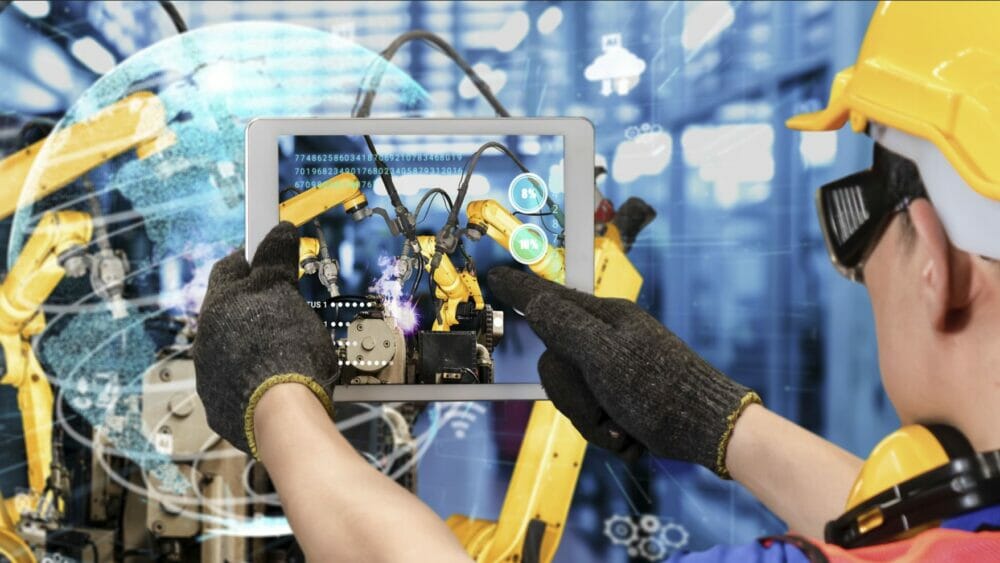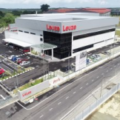Factory modernisation, also known as factory automation or industrial automation is an important process that provides opportunities for increased operations efficiency while improving product quality. The use of automation in manufacturing can bring about diverse benefits to the factory and its employees.
A risk-free approach to modernisation requires a clear understanding of what’s needed at the beginning of a project.
What is Factory Modernisation?
Factory modernisation is the process of applying technology in factories to increase efficiency and speed. In simple terms, modernisation is the implementation of robotics or the replacement of humans in certain areas of a production line or industrial site.
In most cases, it is best to opt for implementing the technology before modernisation takes place. This will ensure that the risks and challenges are minimal at the onset and enable you to get on with the process without hesitation.
It is also essential that you consider your industry’s needs and supply chain when designing the implementation plan. You should start looking into modernising your factories as soon as the first signs of production issues are noticed, rather than waiting until the situation reaches a critical point.
Digital Transformation: How Factory Modernisation is Changing Manufacturing
While digital transformation investment was predicted to surpass $7.1 trillion in the coming years and had been growing exponentially, current economic instability coupled with the commercial reality of a “rip and replace” approach to address ageing infrastructure necessitates a new way of thinking within the industrial arena.
Particularly when we consider the pandemic’s impacts on segments such as manufacturing and the significant effects to supply chains around the world.
With the sector’s importance increasingly under the spotlight, manufacturers are rapidly cross-skilling and up-skilling their workforce and adapting a modernisation strategy to better respond to the future demands.
Their timeliness and agility in successfully adapting operations and business processes whilst empowering and redeploying their teams, will not surprisingly play an influential role in their ongoing viability.
The Smart Manufacturing Institute cites that before the pandemic, only ‘10 percent of companies had a long-term modernisation plan to take advantage of digital technology and smart manufacturing despite 75 percent of them wanting to employ Industry 4.0 related initiatives.
And with a positive lens on the future, as demand begins to spike ‘those who think bigger and start putting together longer-term modernisation strategies that include how they are going to ramp up, will be the ones who move ahead of the pack’.
Traditional rationale for industrial modernisation projects remains extremely valid, including mitigating cyber-security risks, adhering to evolving compliance measures, responding to a changing workforce demography and seamless access to emerging smart factory solutions, technologies, and software upgrades.
However, the speed and ease that businesses can access the tools and technologies they need without the conventional barriers to adoption, will prove crucial in their ability to manage supply chain fluctuations in the short term as well as their capacity to respond to the resurgences in demand.
The ability to deploy a flexible, incremental approach to factory modernisation and overlay modern technologies with existing systems without delay, is more vital than ever as we strive to help businesses reallocate cash flow, re-calibrate operations and most importantly support their people through the current climate, ensuring their viability, success, and sustainability in the longer term.
Challenges of Factory Modernisation
For many enterprises, becoming more efficient requires investing in technology and automation equipment. However, it’s a clever idea to conduct a risk-free assessment to determine if the benefits outweigh the risks.
A risk-free assessment is a methodical approach to assess the factors that would influence the benefits of a modernisation project.
How to succeed with Factory Modernisation
With the right level of expertise and an appropriately executed plan, a successful factory modernisation project can be completed in an efficient and effective manner. Some of the more important steps you can take include:
- Developing a strategy that includes the customer and supplier team. This will ensure that the introduction of modern technology is compatible with existing factory processes.
- Identifying the technological options that are available. Taking an early step to define the requirements and consider the alternatives is crucial.
- Determining the realistic and achievable set of benefits that can be achieved.
Take the first step to successful modernisation with a free system assessment from SolutionsPT.








